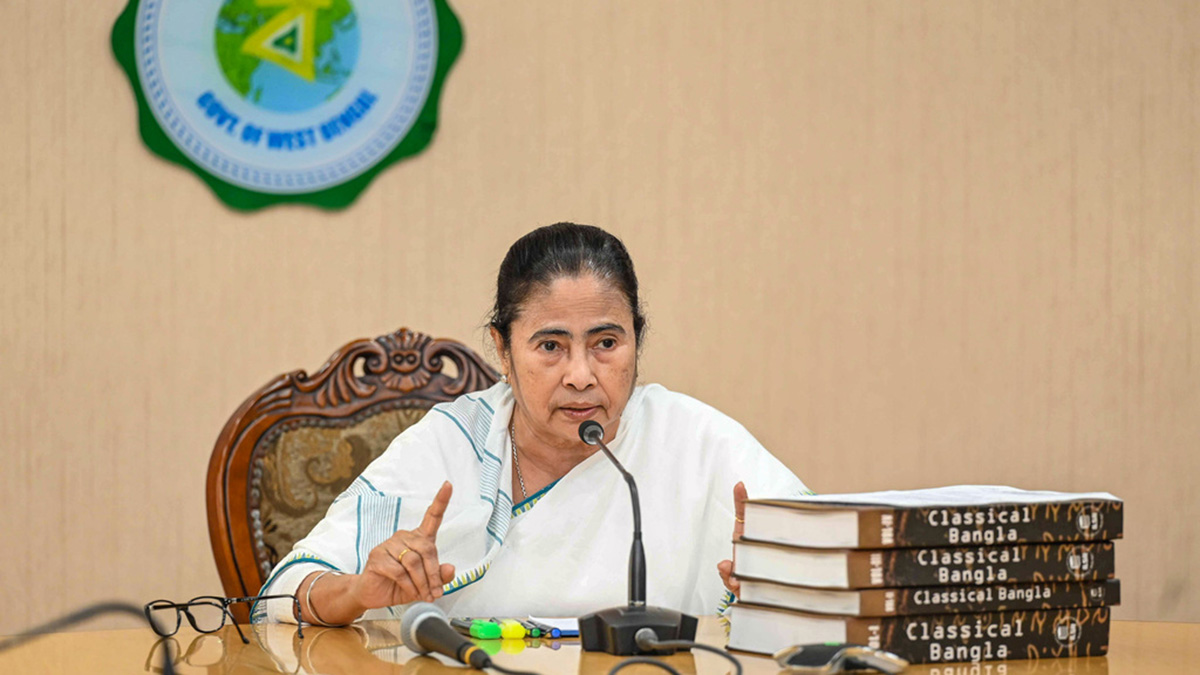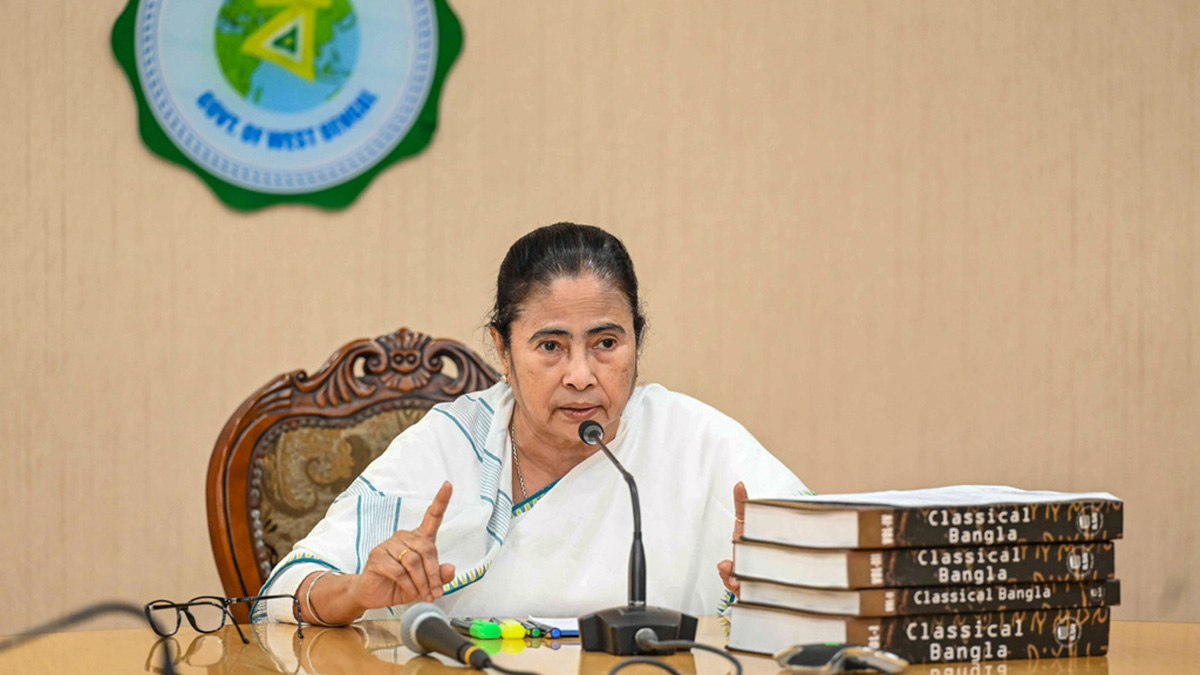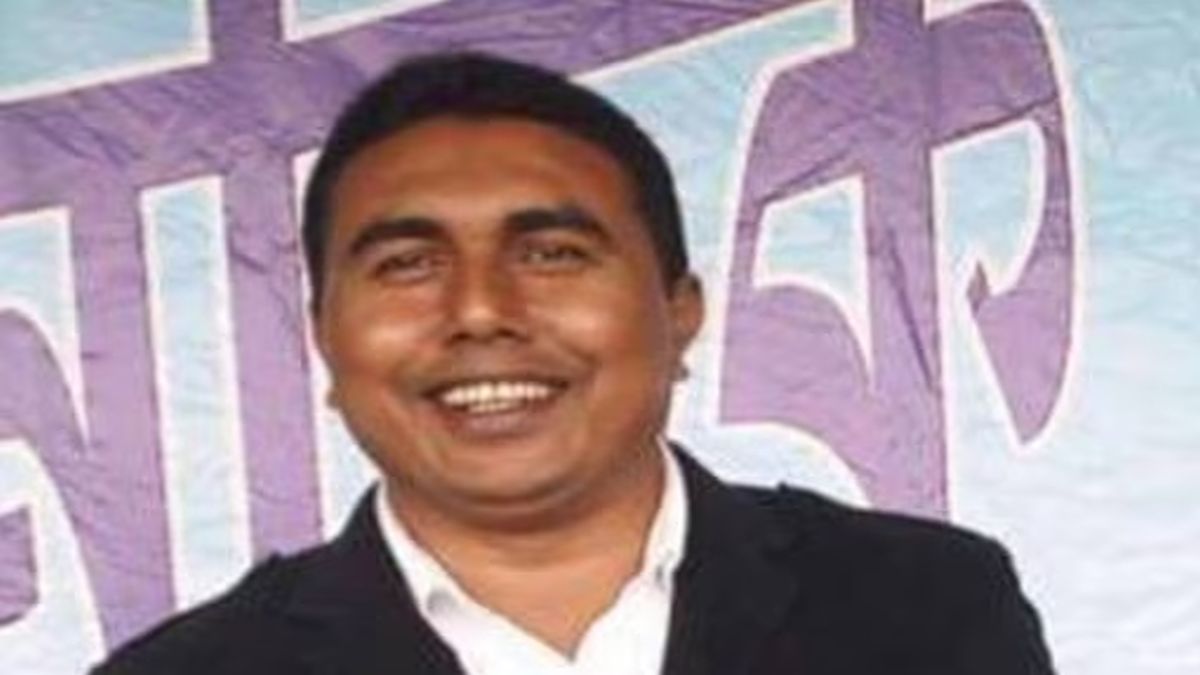If all the reports submitted over the years, with recommendations to improve the Indian Railways’ financial standing and safety and service standards, were lined up end to end, it’s a fair bet they would exceed the 115,000 km of railway tracks that sprawl all over India.
Everything about the scale of the Indian Railways inspires superlatives: the world’s fourth largest railway network, the country’s biggest employer (and the world’s second largest commercial or utility employer), and so on.
Yet, when it comes to making the Railways a halfways-decent utility that doesn’t have to subsist by begging for budgetary support year after benighted year, the assembly line of Ministers who have been tasked in recent years with charting its destiny have only shown up the colossal limitations of their shrunken minds.
In particular, the damage inflicted in recent years by the ministrations of Mamata Banerjee and her Trinamool Congress appointees in Rail Bhavan may have secured for the Indian Railways a one-way ticket to financial ruin.
The tragedy is that it doesn’t have to be like this. As Nitish Kumar demonstrated from 2001 onwards, all it takes is one man with a commitment to making the creaking old machinery of the Railways to move like greased lightning.
The compounded sins of a decade of neglect through the 1990s showed up starkly when the Railways had to partially defer payment of dividend to the government in 2000 and 2001. The growth rate of freight cargo transportation was undergoing a structural downturn from in excess of 5 percent between 1984 and 1991 to less than 2 percent for much of the 1990s.
Much of the blame for this fell on populist policies, which Nitish Kumar remedied with a change of mindset – which yielded dividends, literally, with a dramatic improvement in the Railways’ financial parameters. (Of course, Lalu Prasad Yadav walked away with most of the credit for this, and got himself immortalised in IIM case studies, but that’s another story.)
In subsequent years, however, that story of a dramatic turnaround has already been undone by yet more bare-naked populism. Mamata Banerjee’s reluctance to raise passenger fares during her tenure as Railway Minister was intended to buttress her pro-poor political image, on which she rode to power in West Bengal.
But just as (in the words of Sarojini Naidu¬) it cost a lot of money to keep Mahatma Gandhi poor, Mamata Banerjee’s pro-poor image-building is effectively impoverishing the Railways yet again. But a UPA government that leans on the Trinamool Congress for survival has preferred to look away. That tradition of milking the Railways continues even after Mamata herself moved to Kolkata; her foot-soldier in the Ministry now carries the banner on her behalf.
The problems of the Indian Railways today extend beyond just the minister’s reluctance to take hard decisions and raise passenger fares; even a raise in fares today will only serve to meet expenditure on repair and maintenance of tracks and rolling stock and cover depreciation costs. Way too much damage has been inflicted in recent years for tinkering around with passenger fares alone to do the trick.
Given the scale of resources needed to modernise the Railways and elevate the safety and service standards, the Minister needs to think big. The irony is that the Ministry is sitting on enormous assets – in the form of tracts of land. The most compelling case studies from overseas show that investments in infrastructure are founded on property development. Even at home, the example of the modernisation of airports in Delhi and Mumbai shows the way for leveraging assets.
All it takes is one man with a vision – and the political will - for the Railways to get back on track towards financial stability. But given the blinkered worldview of Ministers who only see their portfolios as the mammaries of a welfare state that are there to be milked, today’s Budget from Dinesh Trivedi is unlikely to prevent the Railways from hurtling towards financial damnation.


)




)
)
)
)
)
)
)
)